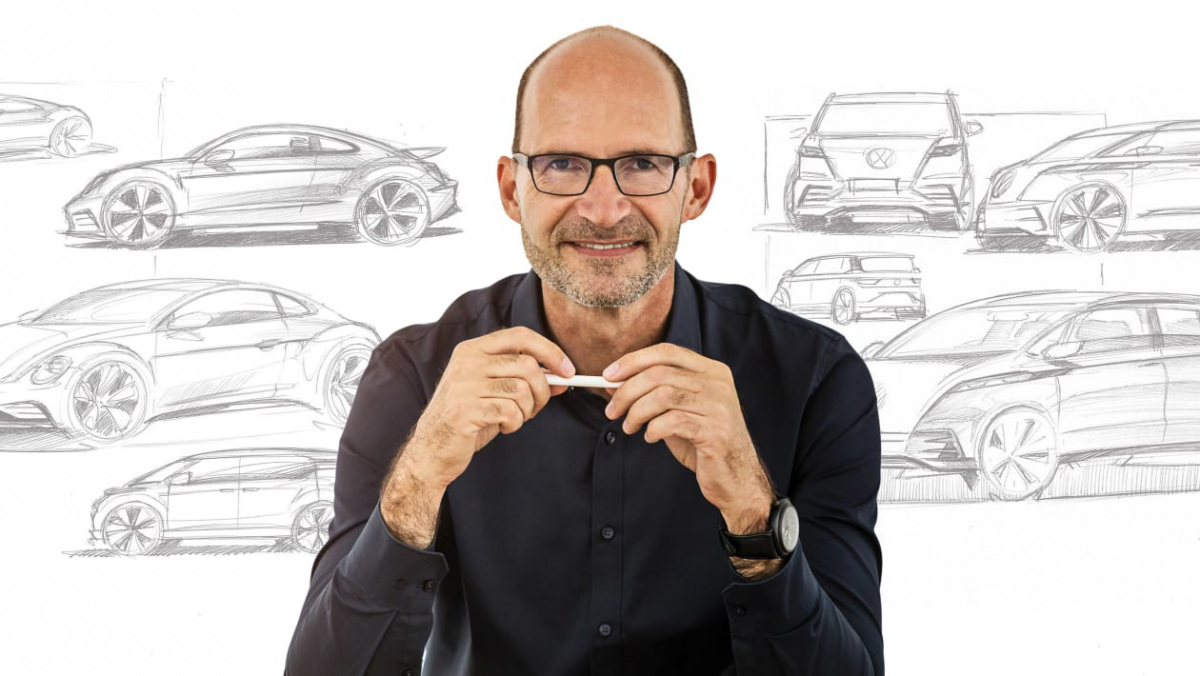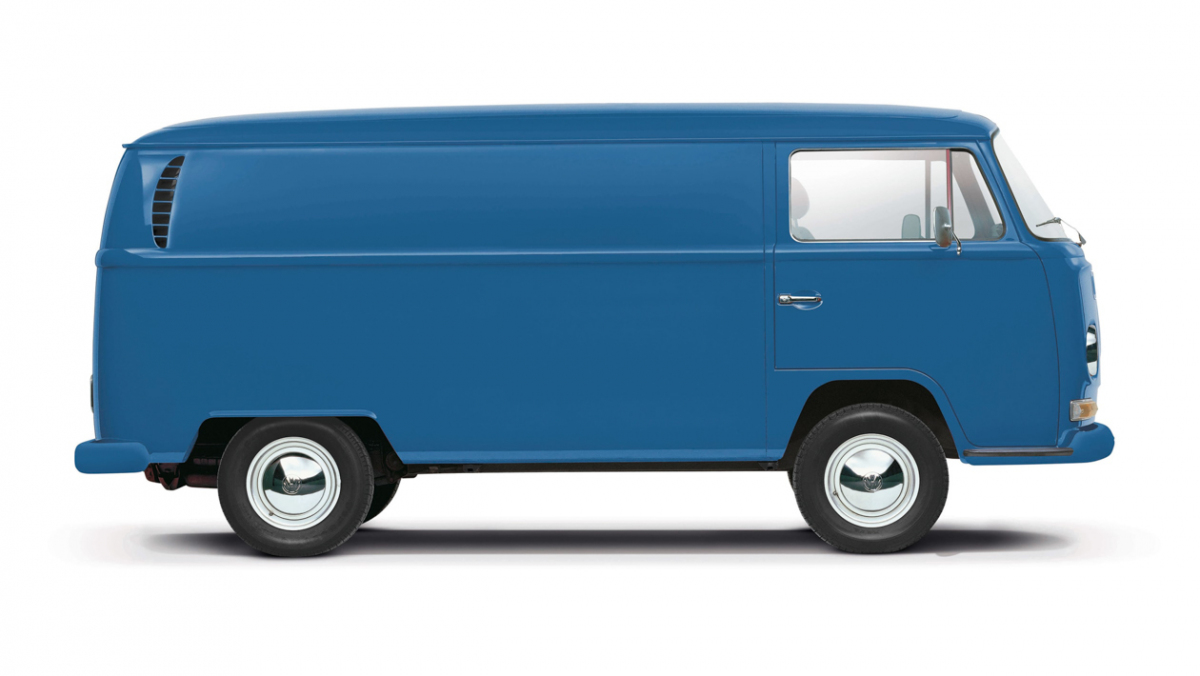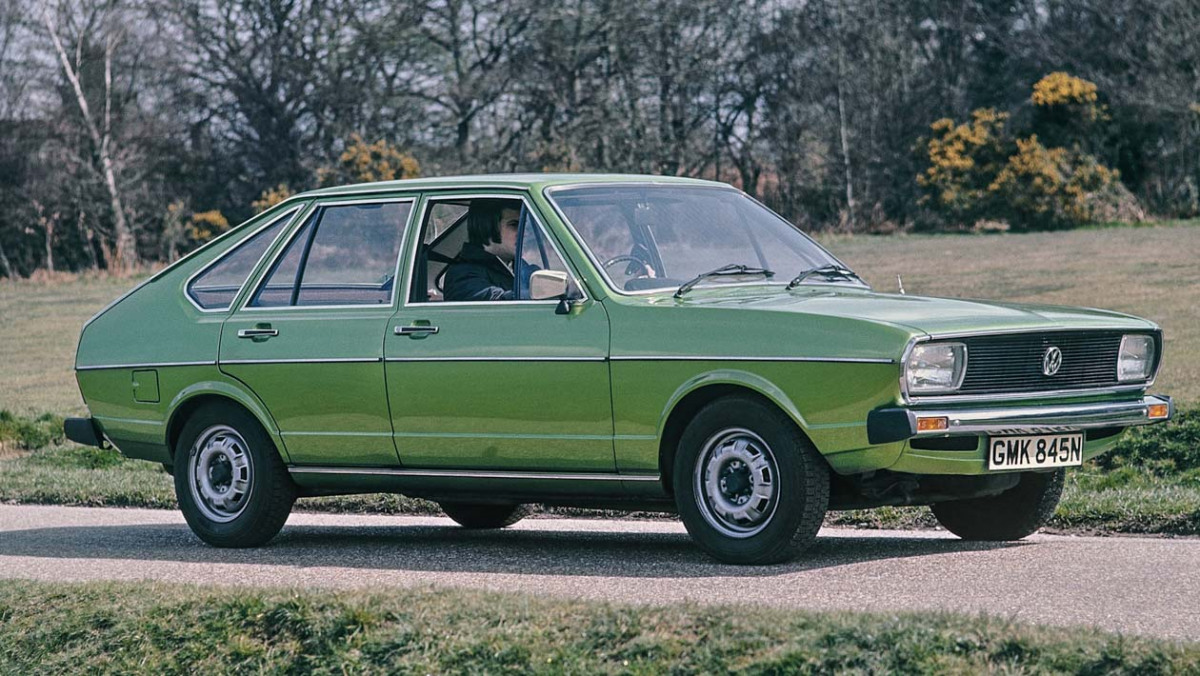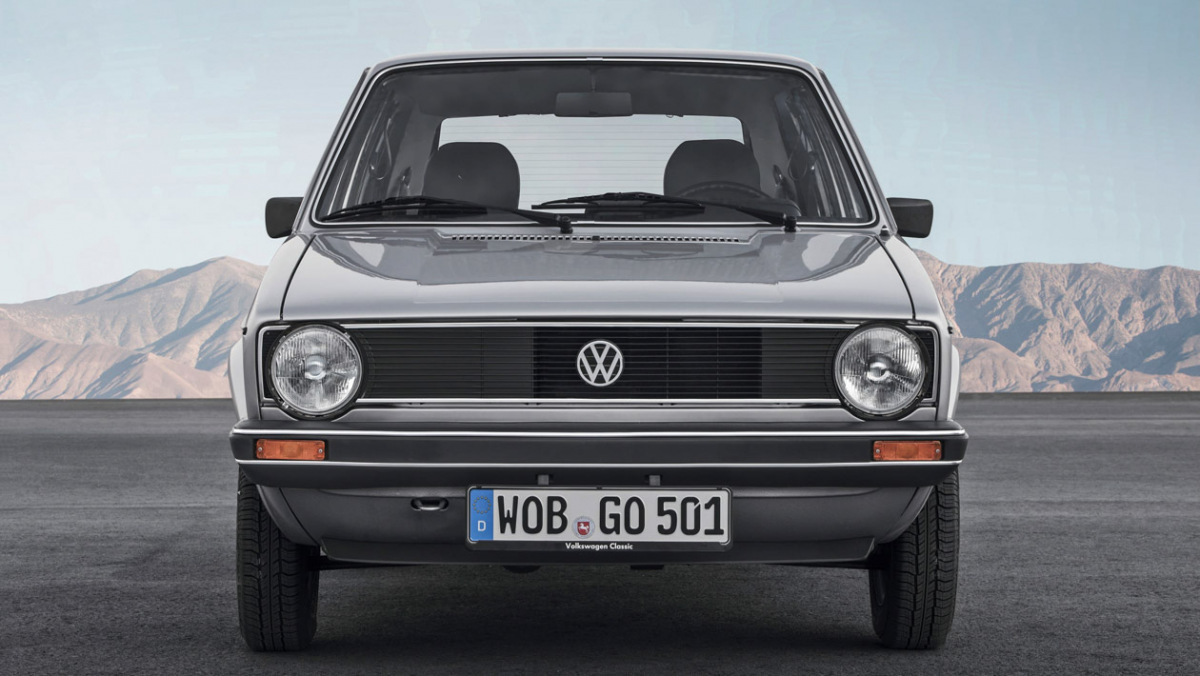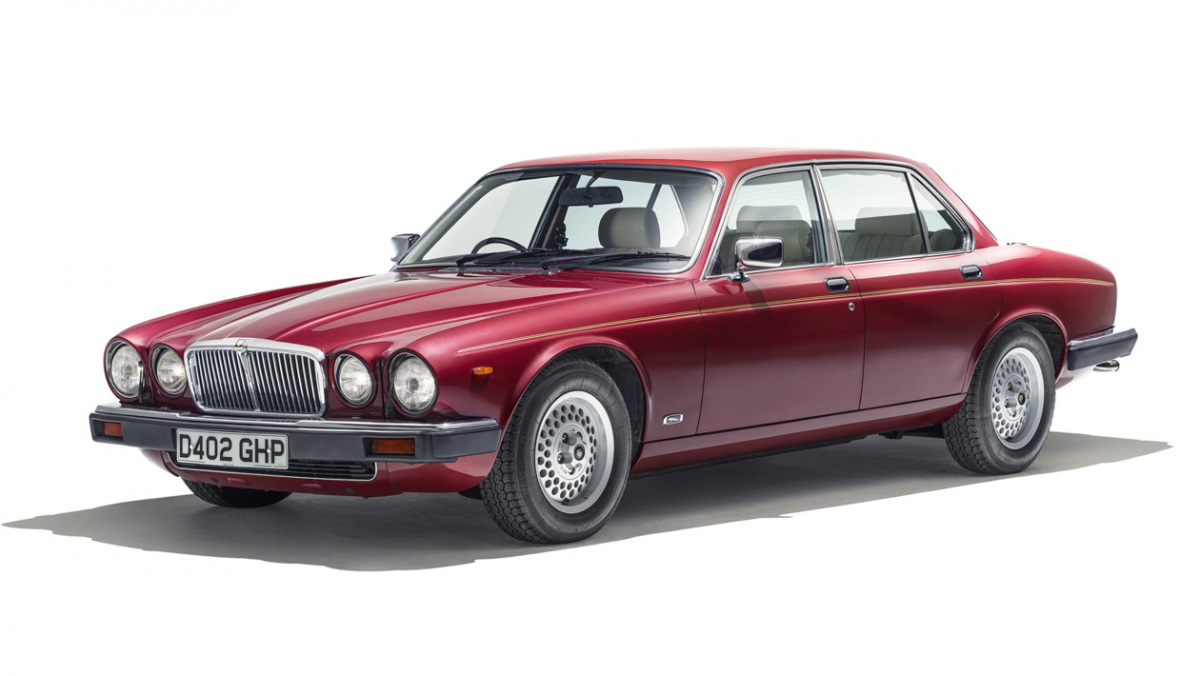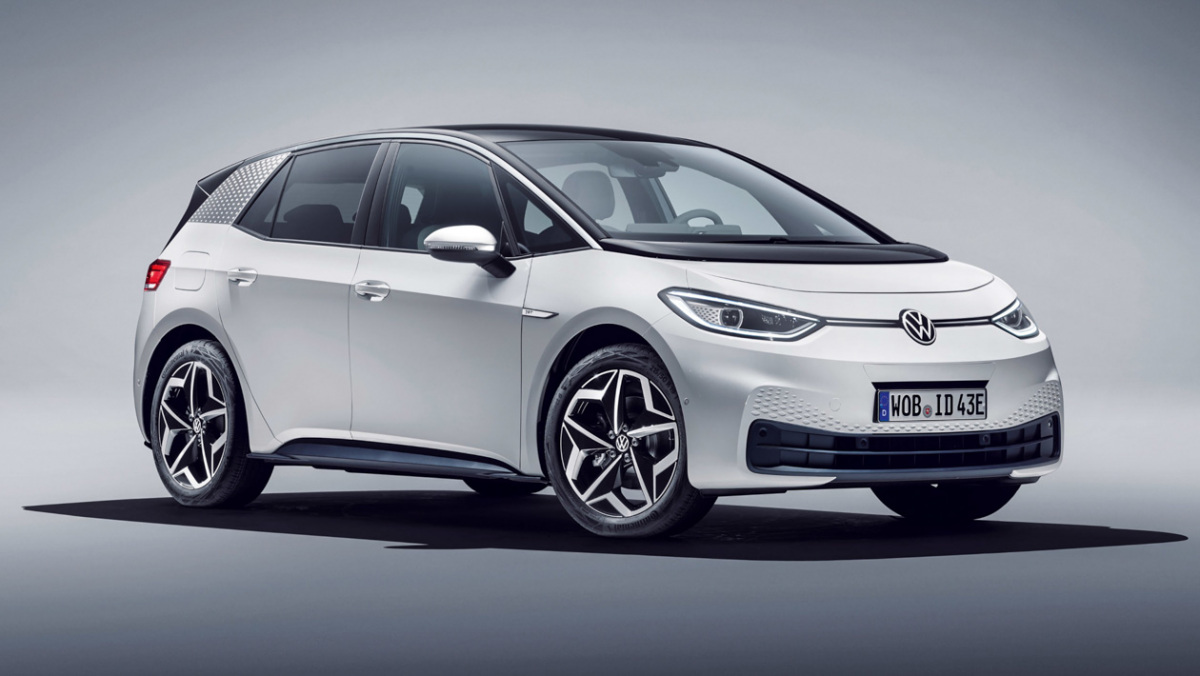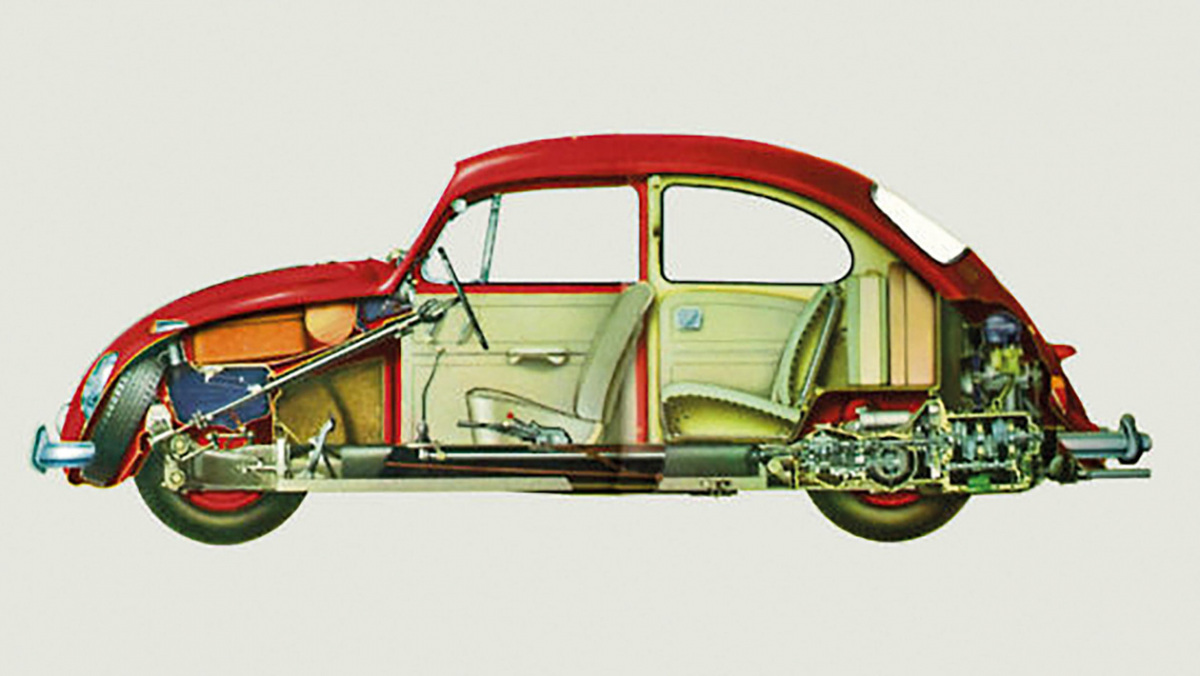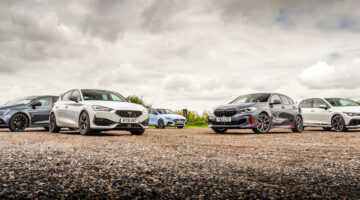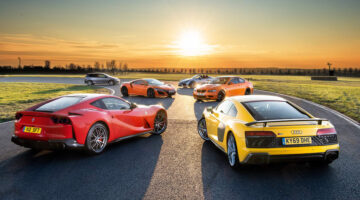From a young age he dreamt of designing cars. Now, as design chief at VW Group, Klaus Zyciora is living that dream
‘I’ve always been interested in cars, since I was a small child. I always played with cars; they were my favourite toys. As soon as I was able to wash cars I washed them, for small change. And of course I started drawing relatively early: cars, boats and planes – moveable objects have been the subject from the very beginning.
Cars of all types were fascinating to me, and growing up I could recognise every car from a distance, and when they came closer I could say which model it was. So I could tell them apart already from a very young age: that one is a Mercedes, this is a BMW, American cars… all types were of great interest. Especially VWs, which were always part of the family garage. The route to Volkswagen was laid out by our family cars.
> Volkswagen Golf GTI Clubsport 45 2021 review – stickers and stripes, but little else
My father was an architect, and I grew up with architecture and design; our household was small but well designed. We had a lot of Braun household stuff and we lived with art. My father always wanted me to become an architect, and I often went to building sites with him. When he was in talks with colleagues I’d sit at the table and they gave me pencils and paper, but I didn’t draw buildings, I’d draw cars! My dad always said, ‘Why are you doing that? Look around you. Draw some buildings!’
This lasted for a long time. My father always said I should come into his office, work with the team, and that was his dream, but my dream was a different one. I was searching for the possibility to work in the car industry, designing cars. When I began, I came up with a portfolio that already had cars in it. Then I applied to the University of Art in Braunschweig, close to Wolfsburg [home of VW’s headquarters], hoping to get my foot in the door that way.
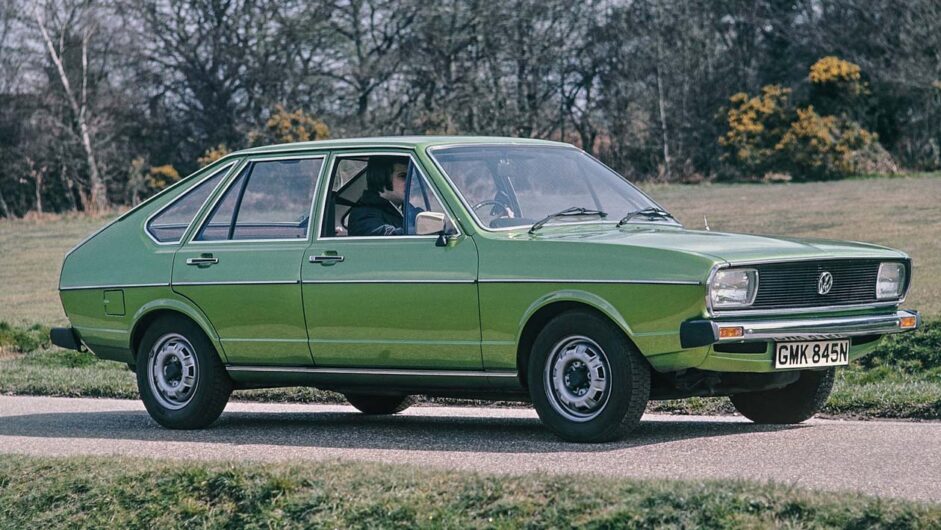
One day, when I had already studied for two years, there was a blackboard where you could pin stuff, and on it was a competition from Volkswagen AG, and the prize was an internship. I was the first on the list, and entered with a design for the dashboard of a Polo. I did a full-size airbrush rendering, something they hadn’t seen before. I chose an interior design rather than exterior as I saw it as a better chance to stand out, as Braunschweig teaches product design rather than car design in particular.
If I had chosen exterior design, maybe they wouldn’t have taken me, but I won the competition and got the internship, and then I was where I wanted to be, in the design department. I started with this internship, and another one, and ended up with a diploma. The then design chief Herbert Schäfer – he was responsible for the Mk2 Scirocco, the Mk2 Golf, and the Corrado among many others – said, ‘Now we have to take you!’ The rest is history. I started to work there, made my way through several positions, and it was cars, cars, cars, cars, all the time!
The Golf has always been a big influence on me, especially the GTI. A friend of the family, a doctor, had a Golf GTI, and I had a ride with him and he really pushed it, and it hammered a grin into my face that couldn’t have been broader! It’s all about the experience, deepening the love for mobility and the love for cars. You have your own first car, and then you want to design one if possible.
My first was a 34-horsepower Beetle, or ‘Spar-Käfer’. A basic model introduced in the mid-’60s to satisfy budget buyers once the regular Beetle received a larger engine, disc brakes and the like, it was a very simple car, very pure, an orange one, and I had it for a long time. I painted the doors with a comic, so each door had a special graphic on it, inspired by a French comic figure, and it was the car I ran during my school days.

The next one was a Volkswagen T2, a delivery van. I had to travel from where I grew up in Hamburg, to where I studied, Braunschweig, and had to haul a lot of stuff back and forth, transporting the materials for my studies. Of course, it also meant I was always in demand from friends for moving things around! It was a very practical car, empty in the back, and I put a mattress in it, so I had a very simple camper as well.
After the T2 came a Polo, and after that something totally different – a Jaguar. It ate the hair off my head! It was a Series 3 XJ in Ferrari Red, and not very reliable… So after that I bought another VW, a Golf, and then another, and a Passat, and then came the full array of company cars. I stopped counting around then!
I remember those early days fondly though, a lot of travelling with friends and schoolmates and mates from the student days. I exchanged the engine on the T2 three times, by myself. If you drive the cars and you do the maintenance on your own, this is kind of creating a deeper bond, different from just borrowing the thing.
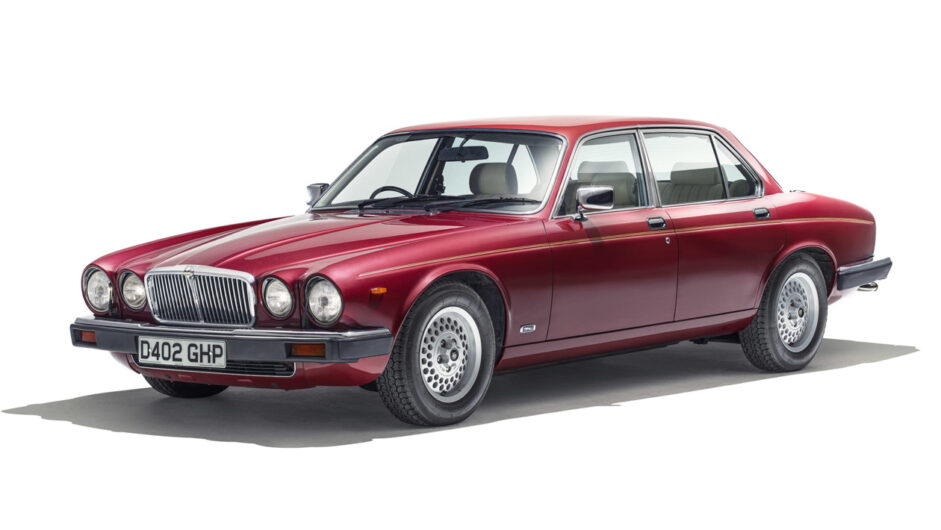
When you design cars it is, of course, super essential that you feel for yourself the experience that you create, to drive the products that you design. I have the honour of driving a lot of cars that I had a hand in designing, and to see them on the road, and to frequently change cars to experience what we aimed for, is really satisfying.
Do I take inspiration from those simple cars of my youth? I think what you learn when you drive very simple cars, and use simple products, is that purity is not a bad thing, if it’s well designed. Look at the original Golf. That’s a masterpiece of Giorgetto Giugiaro. It was simple and well done and everything was well thought-out. That has stayed with me. It’s kind of a guideline that my father also taught me, to really leave out things that are not essential. No decoration, nothing that is not needed – it can be left out. Try to create stuff that is really simple.
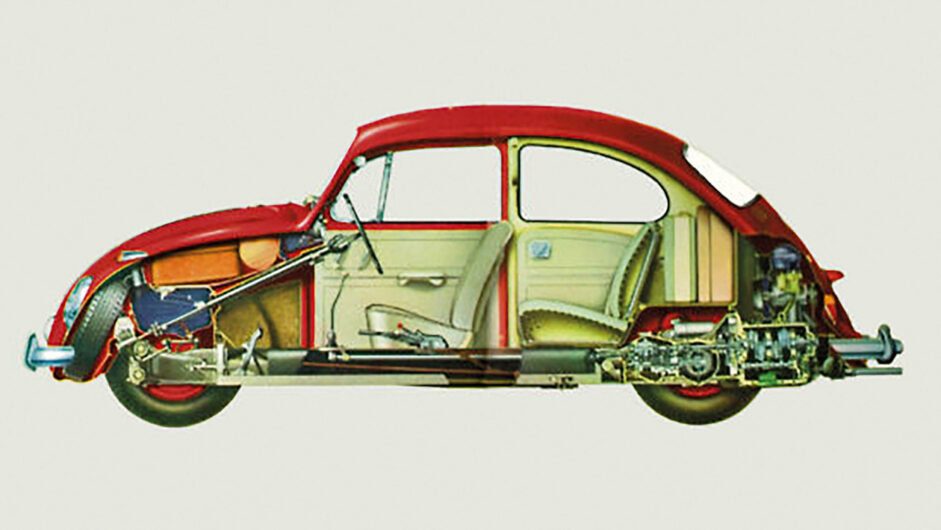
There are always cars that you dream of designing in this job, and sure, to do a sports car is something that you should dream of as a designer, but my dreams have always been to do stuff that is accepted and well recognised, and mass-produced. Volkswagen is about the democratisation of mobility, and that’s a good thing. Mobility should be accessible, not for a few, but for many. I love dream cars from Lamborghini and, of course, Porsche, and they are all influencing what we are dreaming of, to a certain degree. They’re our halo products that drive forward our desire to go faster and reach higher. But staying down to earth is also a good thing.
There’s a lot I’m proud of at Volkswagen. I’ve worked on several generations of the Golf. I did the interior of Golf Mk5, and I was responsible for Golf Mk6, for Mk7 and for Mk8. There are not many designers in the world that have had the honour to work on such an icon for more than one generation.
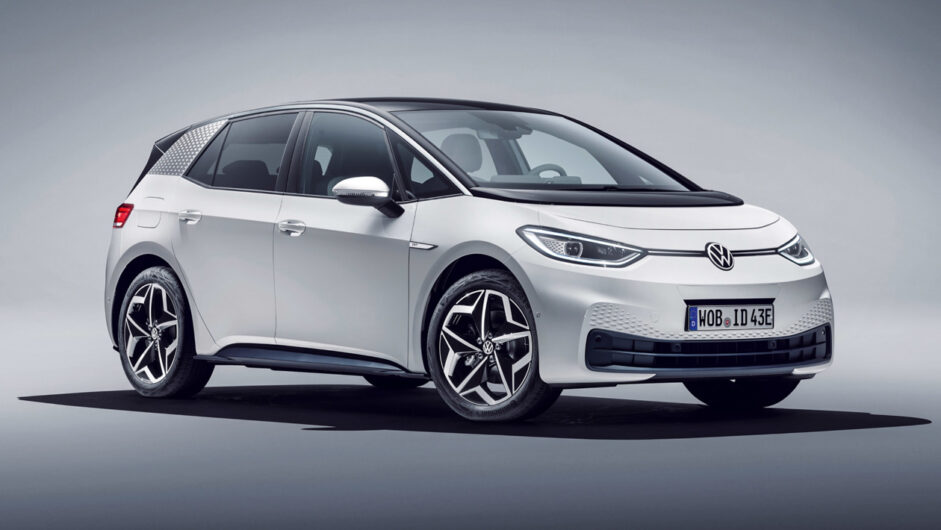
There’s the new ID family, too. This is a signpost that leads into the future, that shows the way to go – electric – and Volkswagen is in a very deep transformation with this product range. You will see that this is not just a single approach to ‘let’s have an electric car, done’. It’s much deeper. I’m especially proud of this project, which I’ve worked on for 15 years, to reincarnate the philosophy of the Type 1 [Beetle], the car that from head to toe is about functionality, but also emotionality. That contradiction is the perfect match.
The dream car, though, is always the car that I’m currently working on. There are many, and you need to spend love on every product. So if you say this is not interesting to me so much, it ends in a catastrophe, and you’ll be ashamed when it’s driving by. You need to put all your might and all your love into what you do every day.’
This article originally appeared at evo.co.uk
Copyright © evo UK, Autovia Publishing

